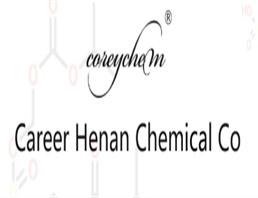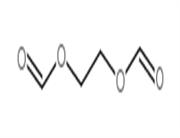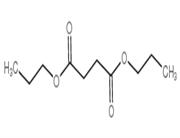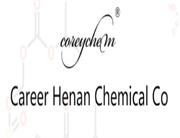Description
DOXO-EMCH is a 6-maleimidocaproyl hydrazone derivative of Doxorubicin, is an albumin binding prodrug.
Related Catalog
Signaling Pathways >> Antibody-drug Conjugate >> ADC Cytotoxin
Research Areas >> Cancer
In Vitro
DOXO-EMCH is an an acid-sensitive prodrug of Doxorubicin that binds rapidly and selectively to the cysteine-34 position of circulating albumin[1].
In Vivo
DOXO-EMCH is a 6-maleimidocaproyl hydrazone derivative of Doxorubicin. DOXO-EMCH unlike its free Doxorubicin parent, achieves complete remissions in a murine renal cell carcinoma model and in 2 breast carcinoma xenograft models. Moreover, DOXO-EMCH is also superior to Doxorubicin with regard to drug toxicity in mice, rats and dogs, and exhibits a good safety profile[2].
Animal Admin
Rats[2] Male Wistar rats are housed in a normal night–day rhythm under standard conditions of temperature, humidity and fed a normal rat chow. At 10 weeks of age, the rats receive an intravenous port under anesthesia. Based on the mortality in earlier investigations, the rats are divided into 4 experimental groups of different size: 9 animals served as controls (Group A) and received intravenous saline (300-700 μL). Group B (n=15) receive equivalent volumes of Doxorubicin at a dose of 0.8 mg/kg, freshly dissolved in water from lyophilized powder. Group C, the DOXO-EMCH low-dose group (n=10), receive intravenous DOXO-EMCH, freshly reconstituted in sterile 10 mM sodium phosphate, 5 %D-(+)-glucose (pH 6.4) and at a dose equivalent to 0.8 mg/kg of free Doxorubicin (1.1 mg/kg). Group D (n=10) is injected with a higher dose of DOXO-EMCH (3.3 mg/kg), a dose that with respect to subacute mortality is equitoxic to 0.8 mg/kg of Doxorubicin in a 4-cycle repeat dose study in rats. All animals receive 7-weekly injections through the port, beginning at 11 weeks of age and are killed by cervical dislocation at 48 weeks of age, immediately before postmortem examination and organ collection. Heart weights are recorded. Left ventricle and apex are snap frozen and cryopreserved in liquid nitrogen until subsequent analysis. Aliquots are fixed in glutaraldehyde (3%) for subsequent electron microscopy.
References
[1]. Walker L, et al. Cell penetrating peptides fused to a thermally targeted biopolymer drug carrier improve the delivery and antitumor efficacy of an acid-sensitive doxorubicin derivative. Int J Pharm. 2012 Oct 15;436(1-2):825-32.
[2]. Lebrecht D, et al. The 6-maleimidocaproyl hydrazone derivative of doxorubicin (DOXO-EMCH) is superior to free doxorubicin with respect to cardiotoxicity and mitochondrial damage. Int J Cancer. 2007 Feb 15;120(4):927-34.
[3]. Liu L, et al. Albumin Binding Domain Fusing R/K-X-X-R/K Sequence for Enhancing Tumor Delivery of Doxorubicin. Mol Pharm. 2017 Nov 6;14(11):3739-3749.

 China
China



